If you’ve ever wondered what an Alsatian city might look like in all its medieval glory, Colmar is the answer.

The city has remained untouched for hundreds of years and looks like a theme park. The cobbled streets of the Old Town and “Little Venice“ seem to have been plucked from a fairy tale – one that has to be seen to be believed. Now that we have been able to visit the city, we can confirm that it is as beautiful as in the pictures.

Colmar is located in the Alsace region of France, along the Rhine River and the border with Germany, north of Switzerland. Especially known for its wine production, Alsace encompasses picturesque medieval towns, hillside vineyards and numerous nature reserves.

If you have more time, I recommend following the “Wine Route” which starts near Strasbourg and ends in Thann (Mulhouse).

What can you do/visit in Colmar?

There isn’t much to do or see in Colmar, but you can enjoy a stroll through the streets with colorful houses or sit on one of the dozens of terraces and taste the famous wines from the Alsace region.

Colmar seems like an open-air museum, offering stories at every turn. For example, shutters with hearts pierced in the past showed that the girl who lived there was free-hearted and waiting to find her chosen one, while those with diamond shapes represented fertility. And so is the stork – an emblem of this region, which can be found everywhere and in all the souvenir shops.

Another story is that of colored houses – in the Middle Ages each color represented a job – for example yellow was for bakers, red for blacksmiths, green for tanners or blue for carpenters.

Others say this color code has to do with religion: blue for Catholic families and red for Protestant families.

Be it religion or crafts, the colorful houses (maisons à colombage) with pots full of multi-colored flowers seem to be taken out of fairy tales and offer a warm appearance that attracts more and more tourists every year.

Koïfhus – a building from the 15th century, was in the Middle Ages the economic and political center of Colmar. The ground floor was used as a warehouse for goods and a place to collect taxes on imports and exports. On the first floor was the council chamber for the Décapole, the federation of imperial cities. The Grand Rue, one of the city’s main thoroughfares, is easily accessible from Koïfhus.

La Maison des Têtes is a wonderful German Renaissance palace that gets its name from the 106 carved stone heads on its facade. The building was built for Anton Burger , the mayor of Colmar since the beginning of the 17th century. The statue at the top was designed by Bartholdi and placed in 1902. What is special about this building are the windows – which are of different widths and irregular positions on the facade.

Saint Martin’s Church (Collégiale Saint-Martin de Colmar) is located in the center of Colmar and was built between 1234 and 1365 in the Gothic style, in red and gold glittering stone, and the roof is in red, yellow and green sandstone, characteristic of some of the the oldest buildings in the city.

The Bartholodi Museum is located in the house where the French sculptor Frédéric Auguste Bartholdi – the one who made the Statue of Liberty – was born. A replica (with a height of 12m) of the statue stands at the entrance on the northern side of the city. The statue was exhibited on July 4, 2004 to commemorate the 100th anniversary of the sculptor’s death.

The Bartholodi Museum contains numerous models of different sizes during the design process of the statue, but also other personal objects, such as paintings, drawings, photographs or furniture, all presented on three floors.

The fishermen‘s quarter (Quartier de la poissonnerie) – where the fishermen of Colmar used to live – a strong entity of the city. This historic area lies between the Quartier des Tanneurs and the Quartier de la Krutenau (Little Venice) and is where fishermen and merchants sold fish and seafood until the mid-20th century.

Little Venice is a fairy tale place that unfolds along the Lauch River. A boat ride gives you the opportunity to admire the houses with the typical architecture of the area and learn about the city. The walk takes around 30 minutes and the ticket costs €6/person.

I hope I have convinced you with this article and the colorful pictures to visit Colmar. I’m sure it’s worth a visit regardless of the season, and if you get there in winter, the streets smell of cinnamon, orange, glazed hazelnuts and gingerbread.
(Colmar – August 2019)

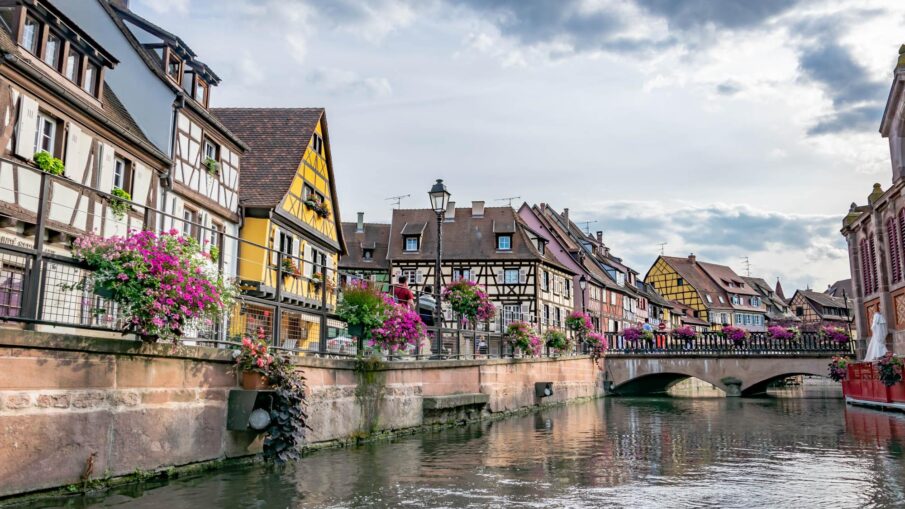
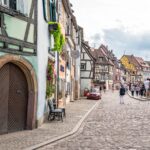
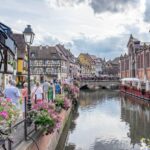

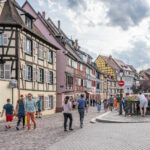
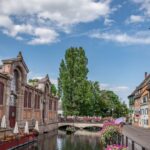
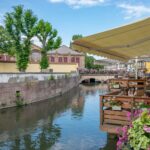
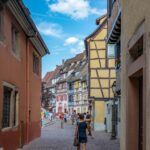
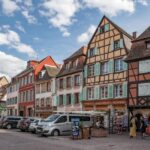
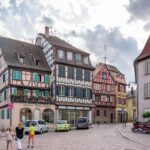
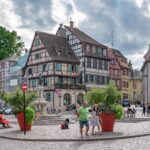

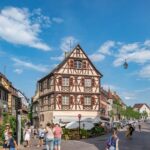
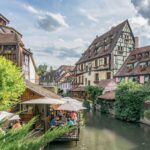
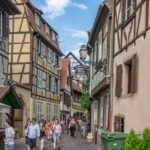
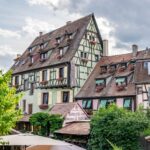

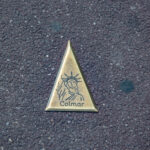


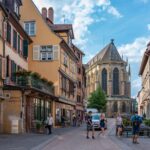
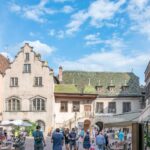
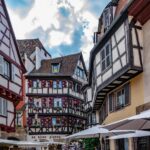
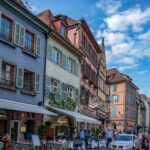
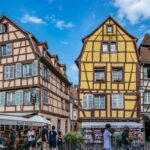
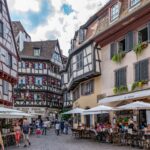
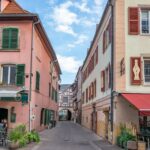
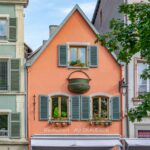
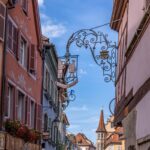
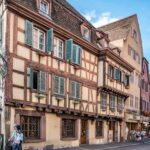
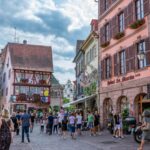
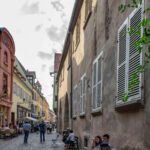
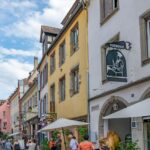
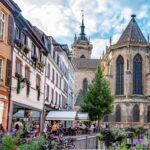
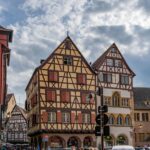
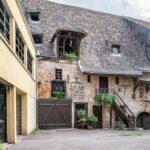
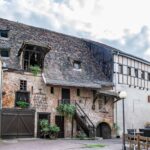
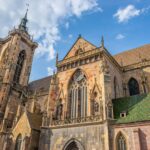
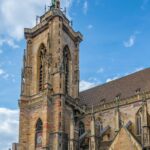
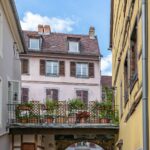
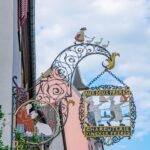
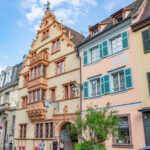
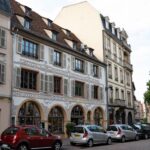
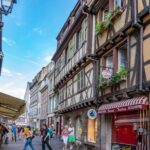
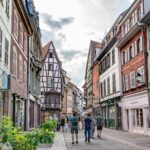
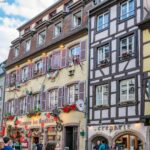
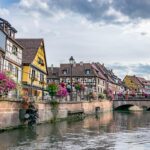
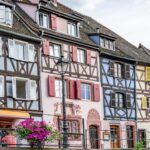
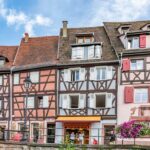
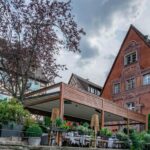
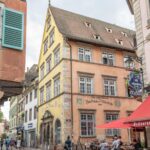
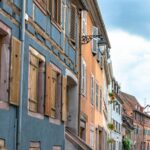
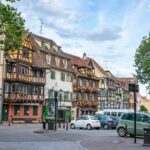
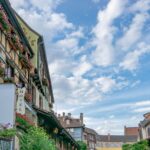
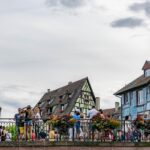
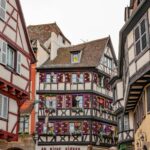
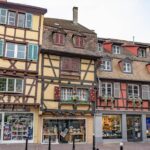
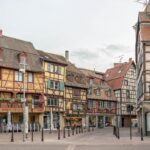
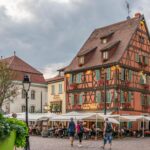
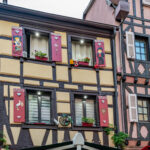
Leave a Reply